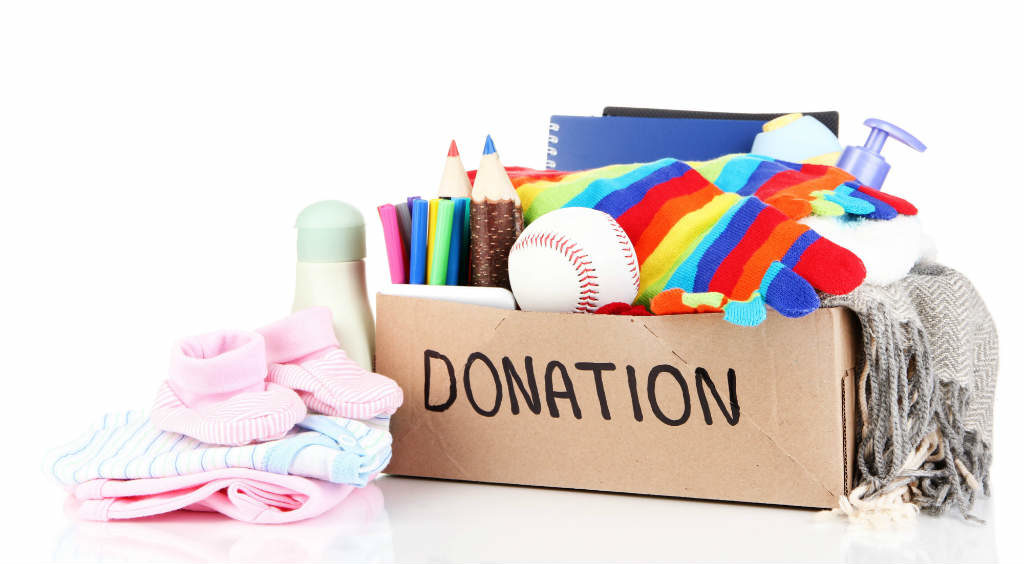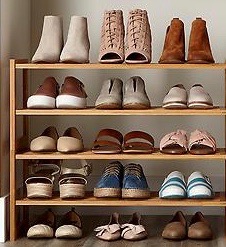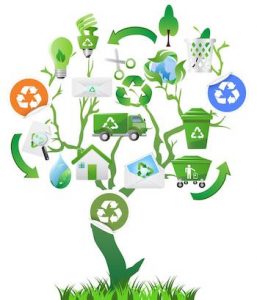Wishing is a good thing! It creates a vision of what we’d like for the future. Often the vision motivates us into action to make it come true. But the tricky part about a wish, compared to a goal, is sometimes we want our wish to magically happen without our taking action. Can you relate?
Here are some examples of Wishful Thinking that might be contributing to the clutter in your home:
The clothes you wish you could get into two or three sizes down.
The workout equipment you wish you would use.
The craft projects you wish you’d have to time to work on.
The second home you wish you could buy.
Charitable shops have been closed for some time due to the pandemic, and now that they’re opened, they are inundated with goods. Some people are reluctant to donate to charities for fear their items will be thrown in the trash. I’ve been told by Goodwill workers that they are storing items in trailers, however that statement is unverified. Another option for items you wish to sell or give away for free are websites like Freecycle.org and CraigsList.com, or local pages on Facebook Marketplace. Since summer is here, you can find ways exchange items with social distancing.
Wishful Thinking can be shifted to Realistic Thinking. If you have trouble getting started, consider the help of a professional organizer. Many are doing virtual organizing and can help you shift your thinking so letting go is easier. YOUR WISH FOR A CLUTTER-FREE HOME CAN COME TRUE!

As autumn approaches, mice look for warm homes with food and water in which to hunker down for the winter. Don’t let one of those homes be yours! At a recent NAPO-GPC* meeting, pest expert Dr. Dion Lerman shared tips on how to prevent, eliminate and clean up after those little rodents. Here are answers to questions you might not have known you had:
Are mice a health concern?
How do the rascals get in?
Where in the house do the critters live?
How can one prevent them from coming in?
What’s the best way to get rid of mice?
What’s the best way to safely clean up after the critters?
As with most things in life, an ounce of prevention is worth a pound of cure.

When I help clients decide what items to cull, I often sing a ditty to the tune of ‘Let It Snow! Let It Snow! Let It Snow!

Oh, the house is getting cluttered
And it makes me want to shudder
And since it’s on overflow
I’ll let it go, let it go, let it go.
Doesn’t sound professional? Well, it helps clients to have fun when making tough decisions about letting go of items that trigger memories. As professional organizers, we help our clients reframe the way they look at their items so they can become clear on what they want to keep and what they want to let go.
Marie Kondo’s books and Tidying Up Netflix series have inspired people to declutter and organize their homes. One of KonMari’s catch phrases is ‘DOES IT SPARK JOY?’ I like that concept because it implies joy ignites energy. Of course, we need to keep items that don’t necessarily spark joy (can you say ‘income tax returns?) so let’s examine some other questions to ask yourself:
Sometimes even these questions aren’t enough to make clear, confident decisions. We may need to delve deeper to examine the ”keep vs. don’t keep” tug of war going on inside us. Here are some other reframing questions to ask yourself:

If when you’re culling items and feel stuck, feel free to sing my take on ‘Let It Go’ or make up your own words to Frozen’s version. Keep the process fun as you strengthen your decision-making and letting-go muscles!
There are a lot of us who LOVE shoes. Why is that? Some shoes make us feel sexy or pretty while others feel like comfy slippers. They enhance our outfits and keep our feet safe. But when is “enough” more than enough?

WHO owns the most shoes? Statistics say the average man owns 11 pairs of shoes and the average woman 27 pairs. In my profession (and closet) I see more than that but 27 or under is a good goal to work toward.
WHY let go of shoes? To free your closet of congestion so you can see what you own and start to wear those previously hidden treasures. To make getting dressed less stressful. To save money because you won’t re-buy what you already own but can’t locate.
WHAT to let go of: The rule of thumb is to let go of shoes you haven’t worn in a year. The hardest to let go of are the attractive ones you love the looks of but that hurt. Or how about the ones you spent a lot of money on? There is no point in keeping shoes you won’t wear, even if letting go pulls at your heartstrings. Consider taking a photo of them but say good-bye. Let go of those old favorites that are too worn out to wear. Ask yourself: If I didn’t already own them would I buy them?
WHEN to purge: Get in the habit of reviewing your shoes (and clothes) twice a year when you’re switching out the seasons.
WHERE to dispose of unwanted shoes:
HOW to store: You’ll want to store similar types of shoes together (winter/summer and/or dressy/work/casual). You’ll want your shoes to be as visible as possible with what you wear most often to be most easy to access.
♪♫ Your shoes were made for walkin’ and that’s just what they’ll do♩♪
either by you or those in need!
Do you love to see things grow and blossom? Your kids? Your puppy? Your Christmas amaryllis? Your spring flowers? Your summer veggies? Your piles of paper? Say what? What was that last one – paper? No!
If you’re like many of the people I work with, paper is not your thing. You didn’t ask for so much mail, you don’t know what to keep vs. what to discard and you don’t enjoy processing it. I’m going to help you reframe the way you look at paper by comparing paper management to gardening. Stay with me here! It might be more motivational than you think.
So, what are some of the components of both gardening and paper management?
PLANNING
When planning a flower garden, consider color schemes, the timing of the blooms, the height of the plants, etc.
Create a plan for where to place paper, i.e. unopened mail, papers to be acted on, papers to be filed, papers going out of the house, etc.
PREVENTION
Perhaps you use Round Up to prevent weeds (an ounce of prevention is worth a pound of cure).
To prevent unwanted and junk mail, sign up using an online service, such as dmachoice.org (an ounce of prevention is worth a pound of MAIL).
MAINTENANCE
When gardening, you periodically fertilize, weed, dead-head the flowers, and of course cut the flowers for indoor appreciation.
Establish daily, weekly and monthly routines to open the mail, address action items, pay bills, file, read, etc.
STORAGE
You’ve dedicated a place where you store your pots, tools, soil, etc. for easy access.
Use file cabinets or file boxes to store reference papers and keep papers you need to act upon on your desk.
END OF SEASON CLEAN UP
Gardens get ‘put to bed’ in the autumn by cutting back plants, etc.
Purge your files annually. The best time is when you’re gathering papers for income tax. Shred paid invoices you don’t need for taxes and make room for a new year.
I wish you much success in your garden and office. KEEP UP in order to thrive and blossom!
 By now you’re familiar with Re-cycling, but have you heard of Pre-cycling? What about Up-cycling? What follows are descriptions of these “cycling” processes. Applying them to your routines will reduce the amount of packaging and other items that end up in landfills.
By now you’re familiar with Re-cycling, but have you heard of Pre-cycling? What about Up-cycling? What follows are descriptions of these “cycling” processes. Applying them to your routines will reduce the amount of packaging and other items that end up in landfills.
PRE-CYCLING
Pre-cycling is basically preventing recycling. It’s the practice of avoiding and reducing consumer waste by buying unpackaged, reusable or recyclable products.
Examples:
RE-CYCLING
It’s great to recycle through your municipality but you (hopefully!) may want to go farther.
Examples:
UP–CYCLING
Up-cycling is the creative reuse of materials to produce a higher quality item.
Examples:
Check out Pinterest for tons of other up-cycling ideas. Please post some of your up-cycled projects as we’d love to see them.
I hope I’ve expanded your awareness of options available to prevent unnecessary trash and recycling. Why not be creative and up-cycle some holiday gifts?
Work toward keeping your ecological footprint as small as possible!